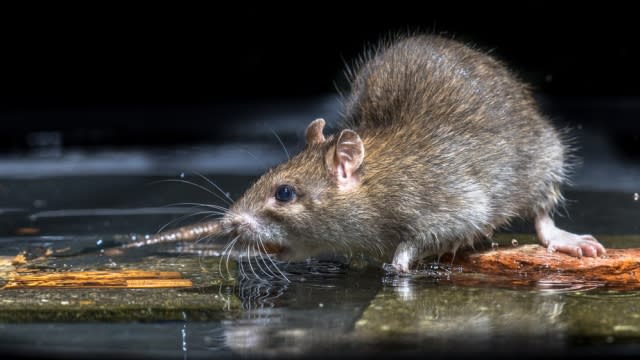Worm that can hop from rats to human brains has invaded this US region

A parasite that is typically found on rats and slugs but can jump to mammals is becoming more widespread in the southeastern U.S., raising concerns about an increased risk to humans.
This comes from a new study about rat lungworms published in the journal Emerging Infectious Diseases by the Centers for Disease Control and Prevention.
In the study, researchers looked at 33 wild rats found at a zoo in Atlanta between 2019 and 2022. The worm continuously turned up in their samples, with seven of the 33 rats collected having evidence of a rat lungworm infection.
Although the study is small, the impact of its findings could be significant. Until now, the few recorded cases of a rat lungworm infection that have turned up in this region before have been mostly sporadic.
The concern is humans and animals can become accidental hosts to these parasites in several different ways, the study said.
The cycle starts with the worm living in the arteries around a rat’s lungs. The worm’s larvae eventually burst out of the rat’s lungs, then into their digestive system and out through their feces. Snails and slugs can then pick up the larvae through the softness of their bodies or through consuming the rat feces.
It then continues through the food chain. Animals that eat the infected gastropods, such as frogs, shrimp and freshwater crabs, get infected. Then the infection spreads to other animals or humans who eat those infected species.
Or those infected snails and slugs could end up being eaten by humans purposely or accidentally, like, for example, if they mistakenly end up chopped up in a salad or they eat something contaminated with their slime.
When the parasite finds itself in a human, it could just cause some mild symptoms. But in some cases, it could lead to severe neurological dysfunction or even death, the CDC said.
According to the study, it is believed the worm can’t complete its life cycle in humans and will just idle around the brain before immune responses kill it off. Regardless, there is no specific test or treatment for these infections.
The study said it seems as though the species is invading new continents and territories, since they were first native to parts of Asia.
SEE MORE: Thousands of tarantulas crawling across this state
